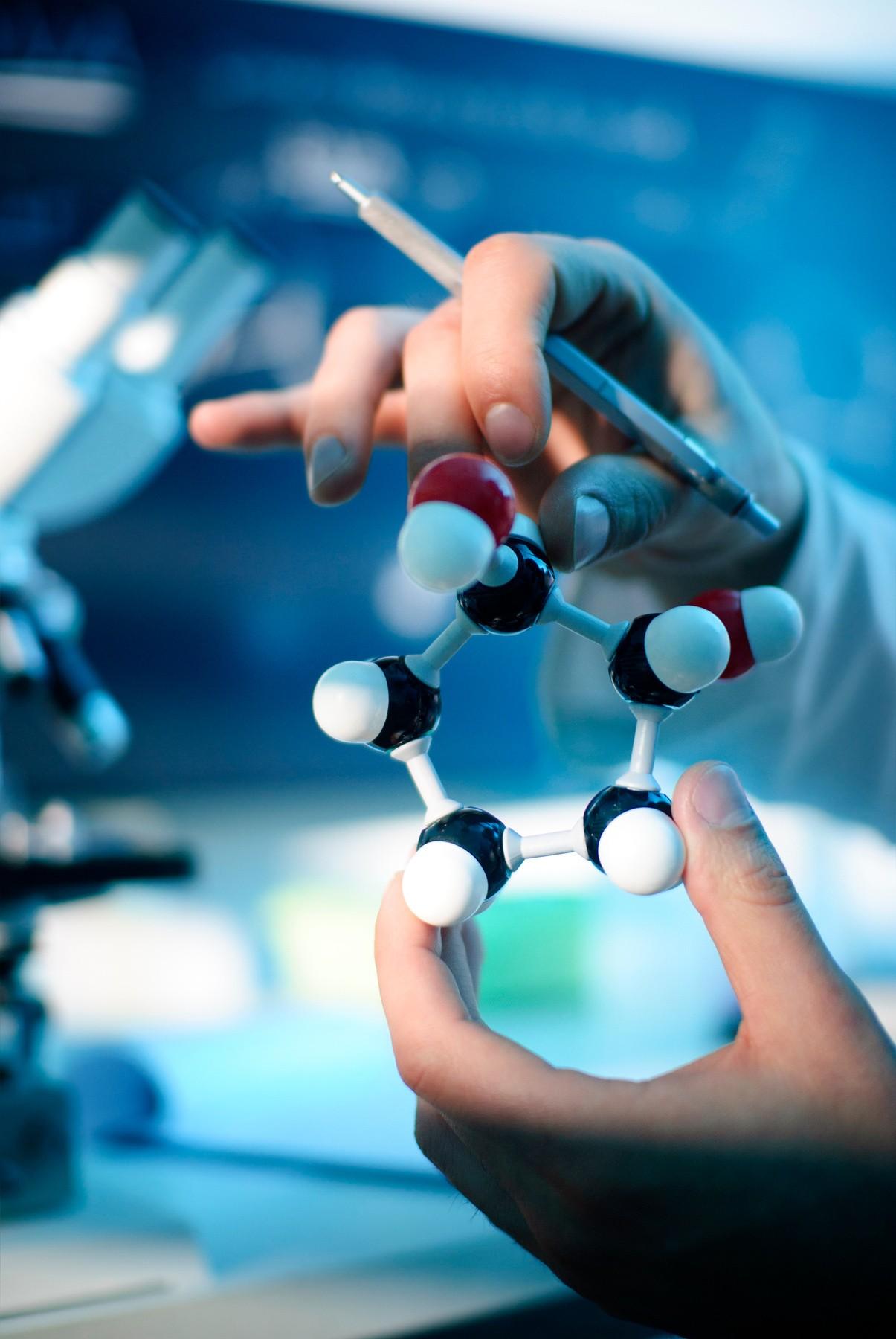

Cosmetic Grade 1,3-






MARKET OVERVIEW:
The market growth is driven by increasing consumer demand for hydration-focused skincare products and the rising popularity of multifunctional cosmetic ingredients. However, price volatility of raw materials presents a key challenge. Recent industry developments include bio-based production methods gaining traction, with companies like Genomatica commercializing sustainable fermentation processes. The Asia-Pacific region currently leads consumption, accounting for over 40% of global demand, propelled by expanding personal care industries in China and South Korea.


MARKET INSIGHT & GROWTH DRIVERS:
2024 CAGR 2032
Global cosmetic grade 1,3-butylene glycol market was valued at USD 101 million in 2024 and is projected to reach USD 138 million by 2032, growing at a CAGR of 4.8% during the forecast period.

MARKET SEGMENTATION:



TYPE • Chemical Synthesis




MARKET DYNAMICS

Rising Demand for Skin Moisturization and Hydration to Drive Market Expansion
cosmetic grade 1,3-butylene glycol market is experiencing robust growth due to increasing consumer awareness about skin hydration and moisturization. As a versatile humectant and emollient, 1,3-butylene glycol has become a key ingredient in skincare formulations. The global personal care market's steady growth at 5-6% annually reflects this rising demand, with moisturizers accounting for nearly 35% of skincare product sales. Its effectiveness in improving product texture while maintaining skin barrier function positions 1,3-butylene glycol as a preferred choice for cosmetic formulators. Recent product launches by leading brands featuring advanced hydration formulations further validate this trend.



MARKET OPPORTUNITIES
Significant opportunities exist for companies investing in sustainable production methods for 1,3-butylene glycol. Advances in bio-fermentation techniques could transform the competitive landscape, allowing producers to offer plantderived versions that meet clean beauty criteria without sacrificing performance. A notable development includes pilot-scale production of bio-1,3-butylene glycol achieving 85% purity - a milestone indicating commercial viability may be achievable within 2-3 years. Such innovations would position manufacturers to capitalize on both the performance benefits of 1,3-butylene glycol and growing consumer demand for sustainable ingredients.


COMPANY MISSION
Manufacturers are increasingly prioritizing sustainable production methods for 1,3-butylene glycol, with fermentation-derived variants gaining traction over traditional petroleum-based synthesis. This shift aligns with the broader industry movement toward environmentally responsible ingredients, as nearly 60% of cosmetic brands have committed to reducing their carbon footprint in formulations. The fermentation process not only offers a greener alternative but also produces high-purity grades preferred for sensitive skin applications.

REGIONAL MARKET OUTLOOK
North America
North American market for cosmetic-grade 1,3-butylene glycol is driven by high consumer demand for premium skincare products and stringent regulatory frameworks ensuring ingredient safety. The U.S. dominates regional consumption, supported by well-established cosmetic brands and a growing preference for multifunctional humectants. Regulatory bodies like the FDA enforce strict quality standards, which reinforce the adoption of high-purity cosmetic ingredients. With sustainability trends gaining momentum, regional manufacturers are increasingly focusing on bio-based and eco-friendly alternatives, though the market remains dominated by traditional chemical synthesis methods. The presence of major cosmetic companies and ongoing R&D investments in skincare innovation further strengthens market growth.
Europe
Europe is a key consumer of cosmetic-grade 1,3-butylene glycol, driven by its advanced personal care industry and stringent EU regulations under REACH and Cosmetics Regulation (EC) No 1223/2009. The region emphasizes clean-label and hypoallergenic formulations, boosting demand for high-purity glycol variants. Countries like Germany and France lead in production and consumption, backed by a strong cosmetics manufacturing base. While synthetic 1,3-butylene glycol remains widely used, fermentation-derived alternatives are gaining traction due to their sustainable appeal. Challenges include compliance with evolving environmental standards, but established supply chains and innovation-driven brands continue to drive market stability.




• OXEA GmbH
DAICEL Corporation
KH Neochem
Genomatica • Others

These companies represent some of the major key players driving innovation and growth in the market, contributing significantly to global supply and competitive dynamics.

About Us

Founded in 2015, 24chemicalresearch is a trusted name in global chemical industry intelligence. We specialize in delivering high-quality market research reports, empowering over 30+ Fortune 500 clients with data-driven insights for strategic growth. Our team of experienced analysts delivers customized, reliable, and timely research backed by a rigorous methodology. From mining regulatory trends to forecasting market opportunities, our reports help companies navigate industry challenges, stay competitive, and grow confidently.
As a one-stop platform for the chemical sector, we offer:
• Deep specialization in chemical market analysis
• Customized reports tailored to your needs
• A robust portal with free samples, consulting, and competitive insights















